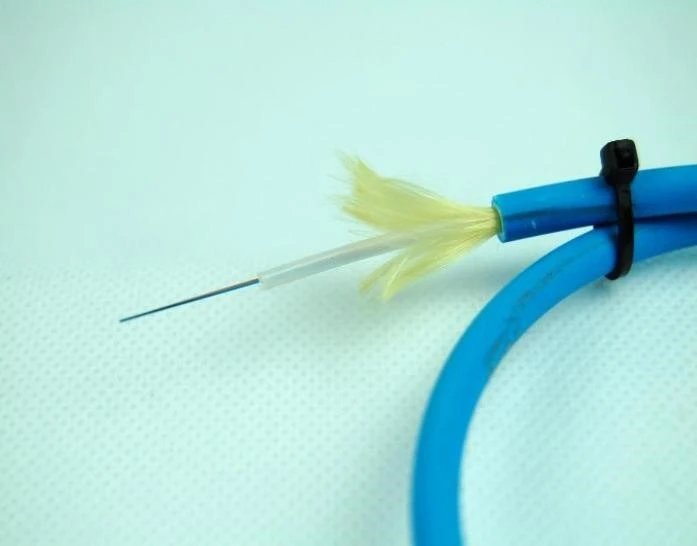GET A QUOTE
The DTS system and DAS system uses the standard telecom fiber optic cable as a sensing element. Specialised cables are for use in high temperature applications(>100°C).
The fiber optic cable is passive in nature and has no individual sensing points. They are manufactured as per the standard telecom fibers. For critical application and environmental requirements, specialised cables are manufactured considering High temperatures and mechanical protection.

This advanced fiber optic based detection system uses OTDR principle for measurement. It is similar to the time-of-flight principle used in RADAR. A narrow laser pulse generated either by a semiconductor or a solid-state device is transmitted into the fiber and the back scattered light is analysed. From the time it takes for the backscattered light to return to the detection unit, it is possible to locate the locations of the events precisely.
The DAS interrogator unit transmits a laser pulse into the fiber optic cable. As this pulse travels down the cable, interactions within the fiber results in backscattering.
Any vibration events happening on or around the cable produces the acoustic energy and affects this backscattered light which travels back to the interrogation unit and are sampled at the Rayleigh frequencies.
The time it takes to return back determines the event accurately on the fiber distance based on the Optical time Domain Reflectometry principle.
The DTS interrogator unit, similarly, is able to monitor the temperature along the length of the fiber cable by analysing the reflected back scattered light pulses on Raman Scattering principle.

